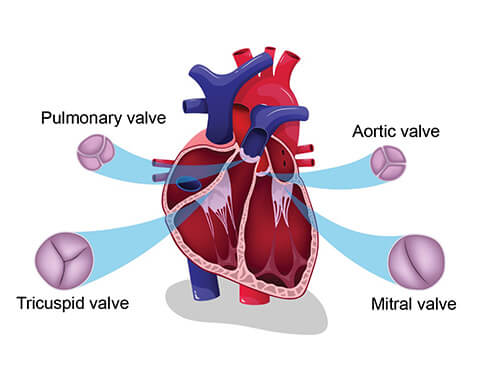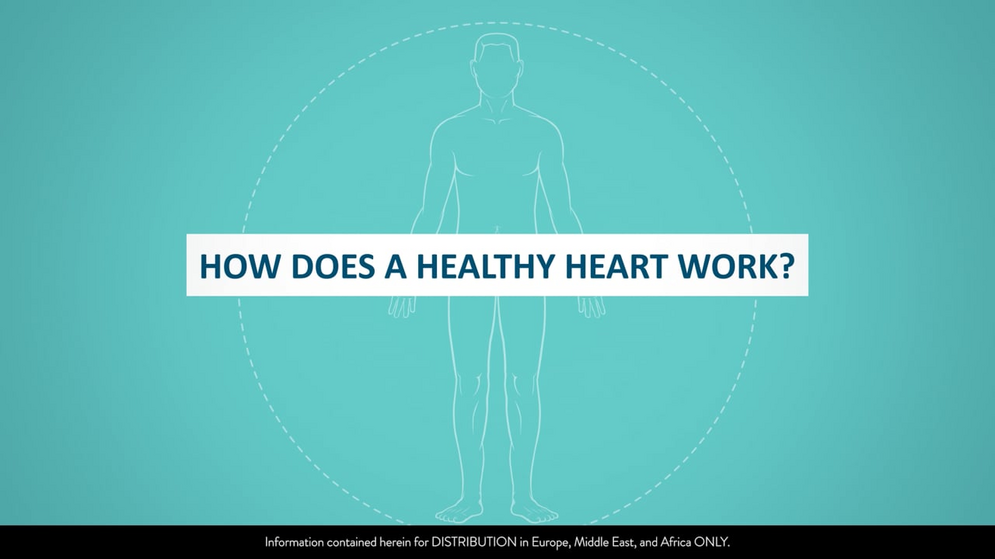Your Heart: A Powerful, Life-Sustaining Pump

Your heart is an amazing organ that works non-stop to keep you alive. Every day, it beats about 100,000 times, pumping around 7,200 litres of blood through your body. This blood carries oxygen and nutrients to all your organs and tissues.
The heart is about the size of your fist and sits slightly tilted behind your breastbone. It’s made up of two sides, separated by a wall called the septum. Each side has two chambers: an atrium (upper chamber) and a ventricle (lower chamber).
The atria receive blood coming into the heart. The ventricles pump blood out of the heart. The right side of your heart sends blood to the lungs to pick up oxygen. The left side then pumps this oxygen-rich blood to the rest of your body.
To keep blood flowing in the right direction, your heart has four valves:
- Tricuspid valve
- Mitral valve
- Aortic valve
- Pulmonary valve
These valves act like one-way doors. They open to let blood move forward and close to stop it from going backward. Each valve has soft flaps that open and close with each heartbeat.

